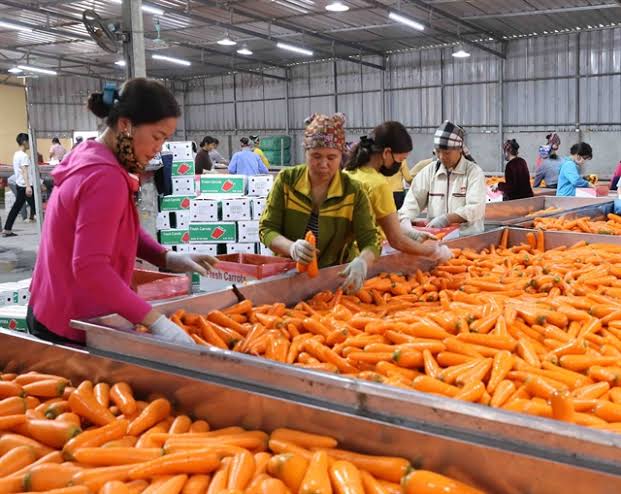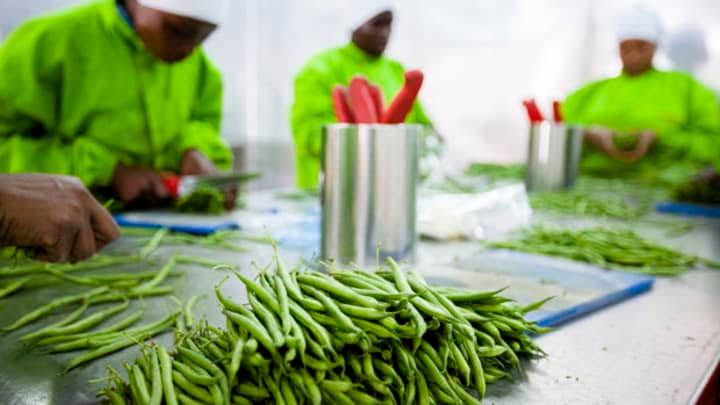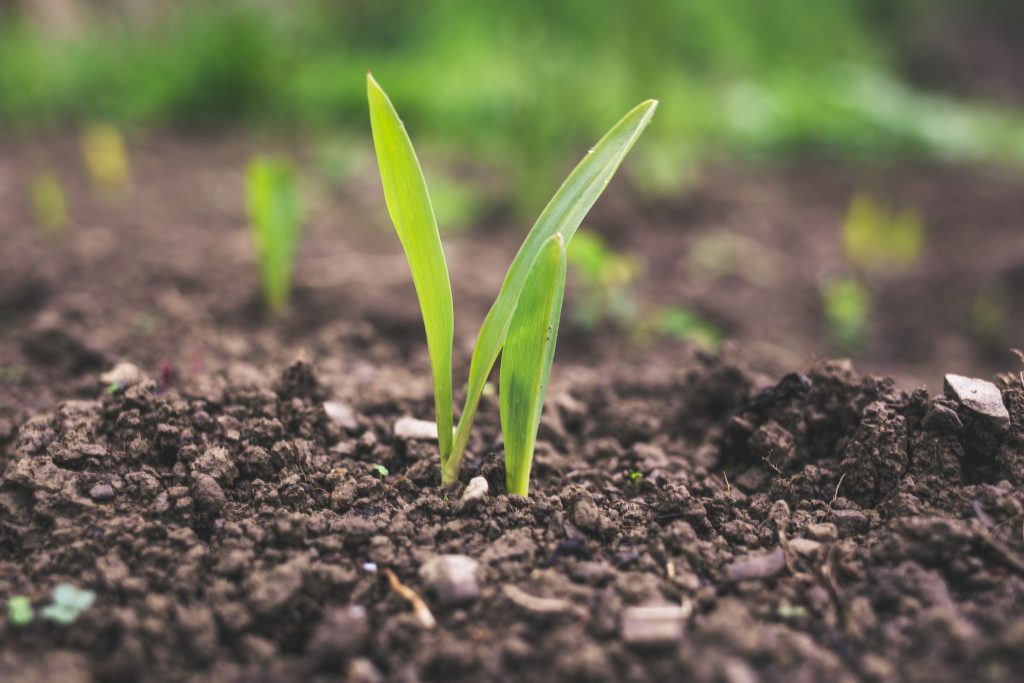Agricultural processing can also be called agro-processing and it is defined as one or more of the operations that transforms, package, sort, or grade livestock or livestock products, agricultural commodities, plant or plant products into goods that are used for intermediate or final consumption including goods for nonfood use such as the products of forestry.
Agricultural processing can also be seen as the act of changing an agricultural product (fruits, nuts and vegetables) from its natural state to a different form, such as grapes to wine, apples to juice or sauce, etc. Bear in mind that every agricultural product can be processed into one or more products.
Read also: Products you can get from cassava processing
TYPES OF AGRICULTURAL PROCESSING
Agricultural processing can be classified into three major commodity groups:
- Crop processing
- Livestock processing
- Fish processing
Another area that is often times neglected is the forest wood processing
Crop processing is a crucial aspect in the production cycle which involves the transformation of raw materials harvested from the farm into a valuable marketable product.
Livestock processing has to do with all the operations involved to bring livestock to the market and consumers. These operations involves; preslaughter handling, stunning, and slaughtering.
Fish processing has to do with the transformation of fresh fishes of any kind to consumable ones. This refers to the mechanical or chemical operations performed on fish in order to transform or preserve them. Fish are processed in a variety of ways and in different working environments. Removing the entrails from fish (e.g. gutting or cleaning) is a simple processing technique designed to extend shelf life.
Read also: Cashew by products

IMPORTANCE OF AGRICULTURAL PROCESSING
- Employment generation: Agro processing takes place in agro industries, and these industries have the capacity to absorb a vast amount of manpower in the primary and secondary level of production. Due to the seasonality of agriculture, a production season may experience high and low demand for labour on the farm. Conversely, after harvesting the processing industry can absorb a whole lot of manpower thus creating jobs for the unemployed and generating income for their livelihood.
- Improving food self-sufficiency: Processing can also extend the period of availability of food products, reducing the “hungry gap” between harvests and mitigating the seasonal rise in food costs at these times, which puts so many people at nutritional risk.
- A better nation’s GDP: Some countries like Brazil and some Asian countries like Malaysia and the likes get huge returns from the export of agricultural products mostly in their processed forms, example is rice. Majority of the inputs in the manufacturing industry are agricultural products. Rubber Latex is used as a raw material in the shoe and tyre industries.
- Promotes socio-economic development: Strong relationships can exist between agro industries, agriculture and poverty alleviation. Agro industries provides capital and services to farmers (e.g. seeds and equipment, training, production and market information), promotes entrepreneurship, raises demand for agricultural products and connects farmers with markets through the handling, processing, marketing and distribution of agricultural products. As a result, productivity and quality of agricultural production, farm returns, and economic stability for rural households, food security and innovation throughout the value chain can be enhanced.
- Feed for animals and manures for plants: Large quantities of agricultural “waste” produced in one location which can be transformed into useful products such as animal feed and plant manure, which will also help farmer conserve income.
- Reduce importation of similar or foreign foods and conserve foreign exchange.
- Export to sub-Saharan countries with inadequate resources for agriculture.
Read also: Tangerine by products

Read also: Breeds of cattle
CONSTRAINTS FACING AGRICULTURAL PROCESSING
- Infrastructural problems: Some countries in Africa are lacking in some basic Infrastructures like electricity which is one of the majors in agro processing. According to a survey, infrastructural problems are nearly two and a half times worse than the next biggest problem which is finance.
- An inconsistent and insufficient supply of raw materials
- Seasonality of crops
- Poor quality of raw material supply and high losses during transport from farm to factory
- Inappropriate or obsolete processing and ancillary equipment
- Poor and inconsistent quality of processed products
- Sub-optimal use of processing facilities and equipment
- Poorly trained personnel and a lack of qualified food technologists
- A lack of proper hygiene and sanitation practices
- Inappropriate packaging materials and high packaging cost
- Weak or non-existent market development
- A lack of technical support for the agro industrial sector
- Absence of good management of the processing facility once commercialized
Read also: Products you can get from apples
THE BOTTOM LINE
Despite the problems or constraints facing the agro processing sector, it is still of great importance, very profitable and a boost to every country’s economy.
Developed nations have long taken giant steps exploring and benefitting from the opportunities it presents for total economic restoration on a personal, national and international level.
Please Share!!!
